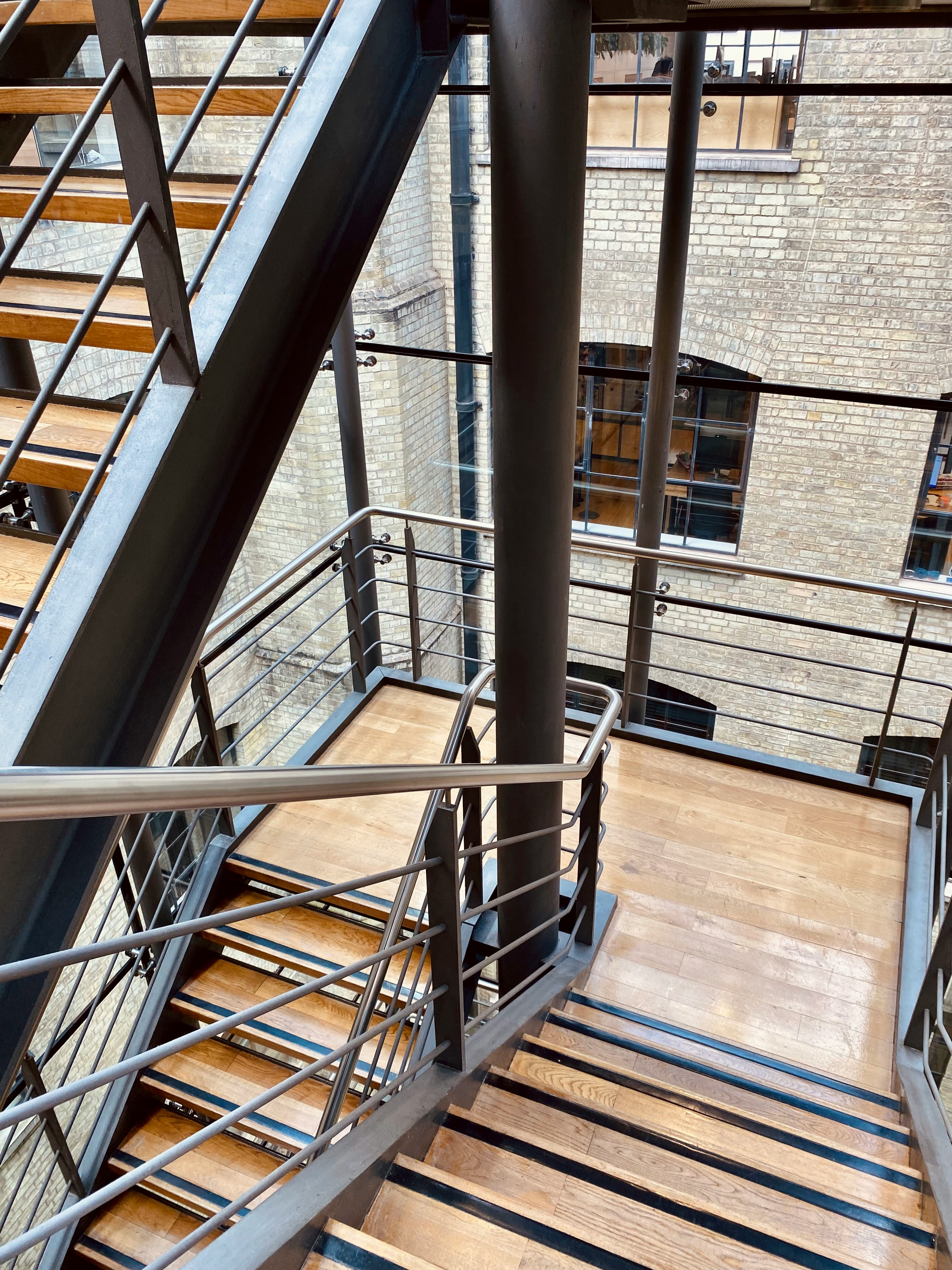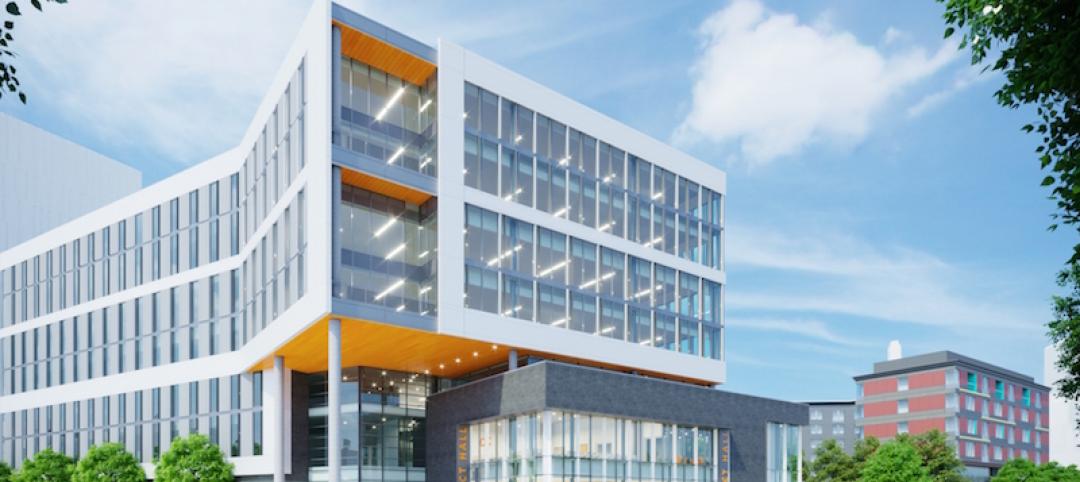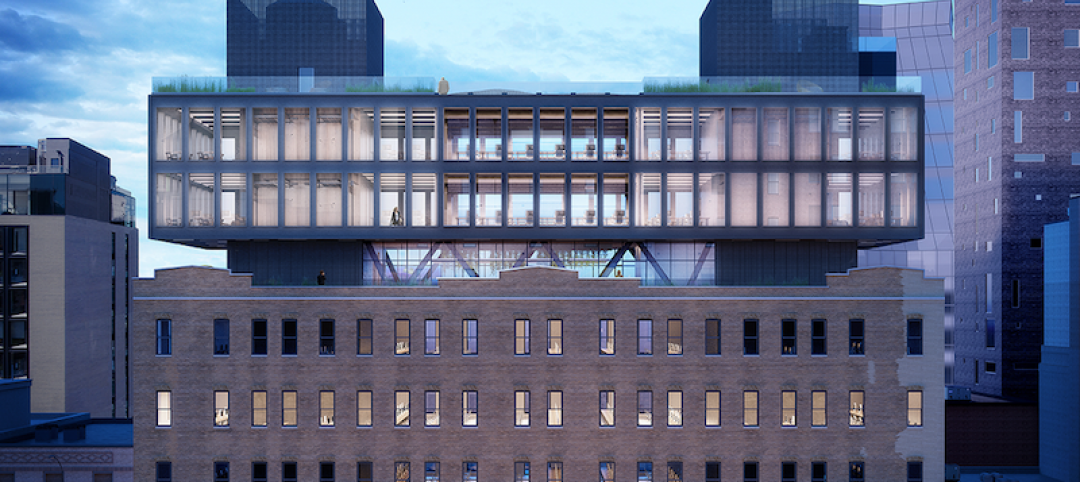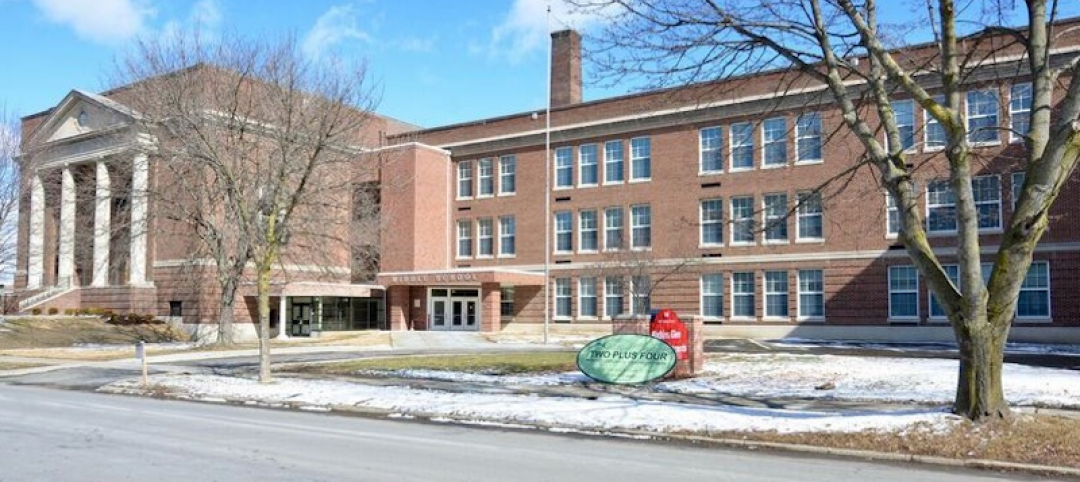Even before the pandemic, the traditional American office building was on life support. Now, real estate developers across the country are reinventing existing properties, often converting them into residential spaces. However, this solution may be fraught with fire and life safety challenges.
This article focuses on six critical aspects that architects, commercial property owners, and developers must consider when adapting a former office building to residential use based on the International Building Code (IBC), which is widely adopted as the state building code.
1. International Building Code vs. International Existing Building Code
Making alterations to a building, such as changing its occupancy, doesn’t necessarily mean the entire building must fully comply with the International Building Code. The International Existing Building Code (IEBC), adopted by many states, provides guidelines on how to modify buildings to meet IBC standards without overburdening owners with full compliance for all existing areas.
The IEBC is designed to facilitate the safe reuse and continued use of existing buildings. It recognizes that bringing an entire building up to the latest code may not always be feasible or necessary, especially if only a portion of the building is being modified. This approach helps to balance safety with practicality, ensuring that building owners are not faced with prohibitively expensive and time-consuming renovations that could make adaptive reuse projects unviable. A comprehensive understanding of the IEBC allows design professionals to tailor the scope of conversion projects, minimizing the impact on existing spaces and reducing construction costs and time.
2. Allowable number of stories and building area
The allowable number of stories and building area for office and residential uses differ. Residential buildings face more restrictive requirements, resulting in fewer allowable stories and smaller floor areas. For instance, a six-story, fully sprinklered office building built to Type IIA construction standards (noncombustible structural material with a one-hour fire resistance rating) cannot be entirely converted into residential use.
The IBC only allows up to five stories for residential buildings of the same construction type. Similarly, an office building with 69,000 sf per floor built to Type IIB construction (noncombustible structural material with no fire resistance rating) cannot be converted to residential use, since it is restricted to 48,000 sf per floor.
These constraints necessitate careful planning to ensure compliance and safety. Architects and developers must conduct a thorough analysis of the existing building’s structure and design to determine how best to reconfigure it for residential use, while adhering to the IBC’s stringent requirements. This may involve limiting the work scope area, adding fire barriers to provide occupancy separation or incorporating additional fire safety measures to compensate for the change in use.
3. Fire protection, life safety, and fire service system upgrades
Converting office space to residential use often requires substantial modifications to existing fire protection, life safety and fire service systems. All sleep areas demand low-frequency horns and carbon monoxide/smoke alarm devices which are not required in business occupancies. Additionally, many older office buildings are equipped with standard response sprinklers, which are inadequate for residential use. Quick-response or residential sprinklers, which activate faster and more efficiently, are required. Tests by Factory Mutual for FEMA have demonstrated that sprinklers within high thermal sensitivity can significantly reduce room temperatures and carbon monoxide levels, enhancing life safety by providing more time for occupants to escape and reducing the risk of fatal smoke inhalation. Lastly, in some jurisdictions, converted buildings are treated as new buildings, and are subject to Emergency Responder Communication Coverage (ERCC) requirements. If the building fails the ERCC test, it will be necessary to install an ERCC system, which can be costly.
4. Egress width requirements
The minimum width requirements for exit stairs and doors in current building codes are often more stringent than those in place when older office buildings were constructed. For example, older buildings may have stairways as narrow as 40-42 inches, whereas current codes require a minimum width of 44 inches.
The change of occupancy from office to residential space can also lead to an increased occupant load. This increased load impacts the egress provisions, necessitating wider and more numerous exits to ensure safe evacuation during emergencies. For instance, an office space with an occupant load factor of 150 may have a significantly lower occupant load than a dormitory space, which may have an occupant load factor of 50. This means that the proposed building’s occupant load would increase significantly, requiring upgrades to the existing egress systems.
5. Exit remoteness and travel distance
The placement and remoteness of exits are crucial in residential buildings. State building codes now require that exits be located at a distance of no more than half the diagonal measurement of the area served, or one-third if the building is fully sprinklered. These requirements were often not in place when older office buildings were constructed, posing challenges during conversion.
Additionally, maximum allowable travel distances in residential areas are shorter than in office spaces. Office buildings from the 80s or early 90s might allow a maximum travel distance of up to 400 feet. Office buildings built after the 90s allow a maximum travel distance of up to 300 feet, whereas new residential spaces are required to have a travel distance of up to 250 feet. Ensuring that occupants can reach exits within these shorter distances requires careful redesign and potentially significant alterations to the building layout. This can involve adding new exits or reconfiguring interior layouts to reduce travel distances, ensuring that residents can quickly and safely evacuate in an emergency.
6. Handrail compliance
Handrails installed before the 90s adhere to different standards than those mandated by current codes. For example, older handrails might be mounted at heights between 30-34 inches above the floor, while current codes require heights between 34-38 inches to accommodate the average height increase over the years. Furthermore, modern codes specify additional requirements such as handrail extensions.
Retrofitting handrails to meet these new standards is often necessary to ensure safety and compliance in residential buildings. This might involve not only adjusting the height of handrails but also ensuring they are continuous and have the required extensions at the top and bottom of stairways. These changes are essential to provide a secure and accessible means of egress for all occupants, including those with disabilities or mobility issues.
Performance-based design as an alternative
While compliance with prescriptive codes is crucial, it can sometimes be cost-prohibitive or impractical to make all necessary modifications during a conversion. In such cases, performance-based design (PBD) can offer a viable alternative. PBD focuses on achieving specific safety goals through tailored strategies, rather than relying solely on prescriptive codes.
This approach requires collaboration among architects, engineers, fire safety experts and regulatory authorities to ensure effective and compliant designs. Performance-based design allows for innovative solutions that meet the intent of the building codes, while considering the unique constraints and opportunities presented by the existing structure.
Conclusion
Converting former office buildings into residential spaces offers a promising solution to the changing real estate landscape. However, ensuring compliance with fire and life safety standards is paramount. By understanding and addressing the differences in allowable building areas, upgrading fire protection systems, meeting egress width requirements, ensuring exit remoteness and updating handrails, developers can create safe and compliant residential environments.
Leveraging performance-based design can further enhance safety and feasibility, paving the way for successful adaptive reuse projects. In summary, careful planning, thorough analysis and adherence to both prescriptive and performance-based codes are essential to transforming office buildings into safe, livable residential spaces.
About the Author
Victor Cai is a Team Leader with Telgian Engineering & Consulting (TEC). He provides services including fire sprinkler, fire alarm, smoke control, and building code/life safety code consultation. In addition, he has a comprehensive understanding of the International Building Code (IBC), International Fire Code (IFC), and the National Fire Protection Association (NFPA) standards. Victor can be reached at vcai@telgian.com
CHECK OUT MORE ARTICLES ON OFFICE TO RESIDENTIAL CONVERSIONS:
- Adaptive reuse report shows 55K impact of office-to-residential conversions
- A new white paper explores the pros and cons of office building conversions
- The impact of office-to-residential conversion on downtown areas
- Pittsburgh offers funds for office-to-residential conversions
- Adaptive reuse: 5 benefits of office-to-residential conversions
- Structural engineering solutions for office-to-residential conversion
Related Stories
Adaptive Reuse | Oct 5, 2017
Wexford’s latest innovation center breaks ground in Providence
The campus is expected to include an Aloft hotel.
Office Buildings | Jun 13, 2017
WeWork takes on a construction management app provider
Fieldlens helps turn jobsites into social networks.
Office Buildings | Mar 27, 2017
New York warehouse to become an office mixing industrial and modern aesthetics
The building is located in West Chelsea between the High Line and West Street.
Adaptive Reuse | Nov 9, 2016
Middle school transformed into affordable housing for seniors
The project received $3.8 million in public financing in exchange for constructing units for residents earning less than 60 percent of the area’s median income.
Adaptive Reuse | Nov 7, 2016
From fuel to food: adaptive reuse converts a closed gas station in Princeton, N.J., to a Nomad pizza
The original building dates back to the Modernist 1930s.
Hotel Facilities | Sep 7, 2016
Fish out of water: The site of a Birdseye frozen-food factory in Gloucester, Mass., transforms into a seaside hotel
The construction of this 94-room hotel and conference center pitted tourism proponents against locals who want to preserve this historic city’s fishing heritage.
Healthcare Facilities | Apr 24, 2016
A symposium in New Jersey examines how a consolidating healthcare industry can better manage its excess real estate
As service providers position themselves closer to their communities, they are looking for ways to redirect non-core buildings and land for other purposes.
Adaptive Reuse | Apr 7, 2016
Redevelopment plan announced for Chicago’s historic Cook County Hospital
The century-old, Beaux Arts architecture-inspired hospital will transform into a mixed-use development.















